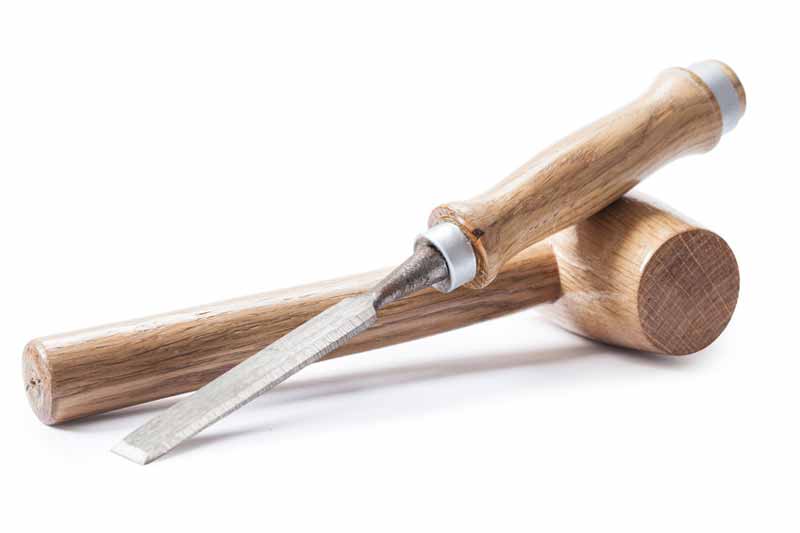Removing concrete from painted metal is a difficult and time-consuming task.
We have the perfect solution for you. Our easy step-by-step guide will show you how.
Removing concrete from painted metal is a relatively easy process. First, use a hammer and chisel to break the concrete off the metal. Once the larger pieces are removed, use a wire brush to remove any remaining bits of concrete. Finally, use a clean cloth to wipe down the metal surface.
Below we are going to go into more detail on how to remove concrete from painted metal.
Table of Contents
Use a hammer and chisel to break the concrete off the metal
Concrete is a hard, durable building material that is often used to create structures such as sidewalks, foundations, and bridges. However, if it is ever applied to painted metal, it can be very difficult to remove.
To start off you use a hammer and chisel break the concrete away from the metal. You may need to use a little bit of force to get the concrete to break free, but be careful not to damage the metal beneath. Once the larger pieces are removed, you can then use a wire brush‹to remove any remaining bits of concrete.
Use a wire brush to remove any remaining bits of concrete
Once you have removed the rough parts you should use a wire brush to go over the area and remove any remaining bits of concrete. This will help ensure that the paint adheres properly to the surface.
If you’re having trouble removing all of the concrete, you can try using a heat gun to loosen it up. Be careful not to overheat the metal, though, as this could cause damage.
Use a clean cloth to wipe down the metal surface
After brushing off remaining bits of concrete it’s time to remove any paint that might have been damaged in the process. If there is chipped or peeling paint, use a paint scraper to remove it. If the metal surface is smooth, you can use a wire brush attachment on a drill to remove any loose paint.
Use a clean cloth to wipe down the metal surface after brushing off remaining bits of concrete. If there is chipped or peeling paint, use a paint scraper to remove it. If the metal surface is smooth, you can use a wire brush attachment on a drill to remove any loose paint.
You may need to use a strong solvent such as mineral spirits or acetone to remove all traces of paint from the metal surface. Use a clean cloth to apply the solvent and wipe off any residue.
If the concrete was removed successfully, you should now have a clean, painted metal surface. If there are still traces of concrete or paint, you may need to repeat the process.
Use a cleaner to remove any residue
Now that you have wiped down the metal surface with a clean cloth you should proceed to using a cleaner. The cleaner will remove any residue that may be present on the surface of the metal. You can use any type of cleaner that you like but we recommend using a mild cleaner such as dish soap.
Dip your clean cloth into the soapy water and then proceed to scrubbing the metal surface. Be sure to scrub in a circular motion to ensure that all of the residue is removed. Once you have scrubbed the surface for a few minutes, rinse it off with clean water.
Repeat steps 1-4 until all the concrete is removed
You may need to repeat steps 1-4 several times before all of the concrete is removed. Be sure to take your time and be careful not to damage the metal surface.
If you are having trouble removing all of the concrete, you can try using a power washer. The high-pressure water will remove any remaining bits of concrete. Just be sure to hold the power washer at least 12 inches away from the metal surface to avoid damaging it.
After you have removed all of the concrete, you should apply a new layer of paint to the metal surface. This will help protect it from rust and corrosion.
That is it. You are all done. Your newly-cleaned metal surface should now be protected from rust and corrosion. Thanks for reading and good luck!

